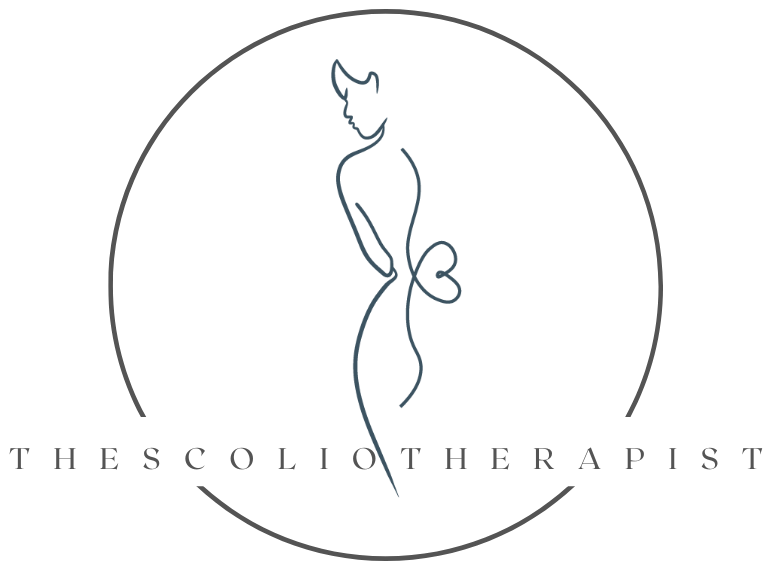Living Boldly: Life After Spinal Fusion With Denise Barker
Spinal fusion surgery is a complex topic for scoliosis patients. It can provide many benefits, but it’s also an invasive procedure with a significant recovery time. Additionally, there’s a common misconception that having spinal fusion will rule out many aspects of “normal life.”
While every person is different, it’s often beneficial to hear from other people who have a similar situation. I recently talked with Denise Barker, a professional sommelier who is also a spinal fusion warrior and advocate.
Denise and I talked about her surgeries, recoveries, and experiences living with a fused spine. I learned so much from hearing her story! Here are the highlights from our conversation and some of Denise’s thoughts on spinal fusion.
If you want to hear our entire conversation, you can listen to Episode 57 of the Ahead of the Curve podcast.
Spinal Fusion vs. Active Lifestyle
Many people think that having spinal fusion surgery will eliminate the chance to live an active lifestyle, but that’s not necessarily true. Of course, every person and scoliosis case is different, so your story won’t be the same as anyone else’s.
But Denise is just one example of someone who maintains a very active lifestyle after several spinal fusion surgeries. She has participated in Pilates, strength training, and running after her surgeries, and there are many other spinal fusion warriors who have similar experiences.
Prioritizing healthy movement can be a vital part of the spinal fusion recovery process. Balancing rest and exercise (under your doctor’s supervision) can allow you to maintain an active lifestyle and support good mental health following your operation.
Safe Post-Spinal-Fusion Movement
The healthcare community is often divided in terms of what types of activity and movement are “safe” for spinal fusion patients. Denise didn’t follow all of the post-recovery restrictions recommended by her doctors, which was the right decision for her personally.
That’s not to say that you should ignore your doctor’s warnings and go bungee jumping! But the idea that spinal fusion patients are eternally limited to walking and stretching is, for many people, incorrect. There are spinal fusion warriors out there lifting weights, swimming, enjoying sports, and living active lives.
Living Your Life After Surgery
Denise has built a career as a sommelier after graduating from culinary school. She’s also a wine educator and an active advocate for the scoliosis and spinal fusion community.
Most of us have been told that scoliosis or spinal fusion automatically disqualifies us from certain careers — even for superficial reasons like the aesthetics of a spinal curve. But no one else should get to decide what your life looks like or tell you that you can’t enjoy a hobby or career you love simply because your back is curved.
On the other hand, we can go too far and try to pretend that scoliosis doesn’t affect every part of our lives. And that’s not necessarily the right approach either. Pretending that scoliosis or spinal fusion isn’t a big deal can make some people feel like they can’t be open and honest about their struggles.
Scoliosis is fairly common, and most people know someone who has it. Sometimes that makes people more understanding, but it can also encourage them to ignore other people’s stories in favor of their own or their friends’.
It’s crucial for all of us to remember that we never know someone else’s story. And when someone decides to share their story with you, it’s best to listen instead of responding with comparisons or unsolicited advice.
Taking Control of Your Healthcare
Scoliosis is intensely personal, and it can be hard to advocate for yourself when you hear conflicting opinions from every corner. And those conflicting opinions are especially common when discussing spinal fusion. You’ve probably heard that it’s the only solution, that it’s always best to avoid surgery — and everything in between.
The truth is that it can be the best option for many people. But it’s also not right for everyone. You know yourself, your body, and your priorities best. Bring all of those facts to the table, work with a medical team you trust, and make the decision that’s right for you.
The Power of a Scoliosis Community
Having a supportive community can be extremely helpful for scoliosis and spinal fusion patients. And you can find an encouraging community in my small group coaching program! The Scoliosis Strength Collective is a 6-month virtual coaching program that helps you learn more about your curve and how to care for it.
You’ll get a 1:1 curve assessment and weekly exercise classes designed for your curve type. Plus, you can interact with scoliosis and spinal fusion warriors via a private Facebook group and monthly Q&A calls! Join The Scoliosis Strength Collective today!
If you want to stay up-to-date on scoliosis and spinal topics, listen to my podcast, Ahead of the Curve. Subscribe to get every episode when it airs!
Resources Mentioned
Denise on Instagram
The Scoliosis Strength Collective
